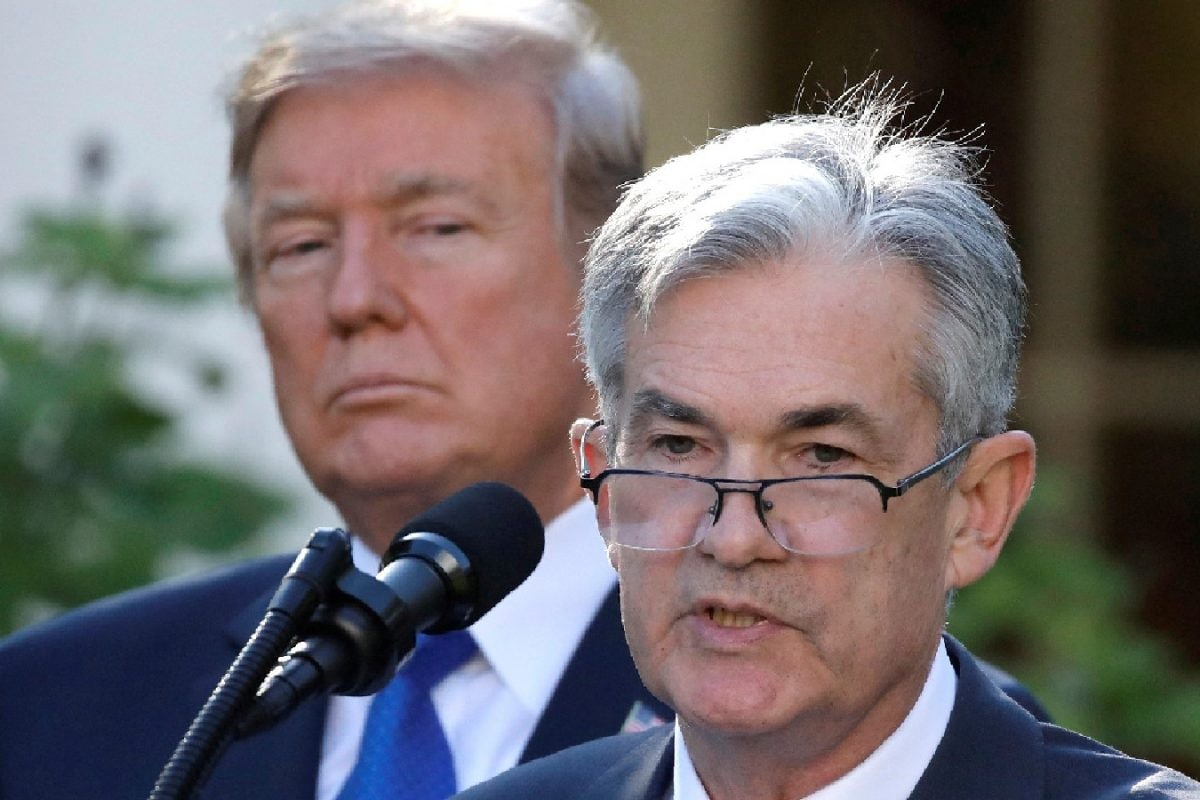

Donald Trump has once again urged the Federal Reserve to cut interest rates, drawing a stark comparison between the monetary policies of the United States and Europe. In a recent statement, Trump highlighted that "Europe has had 10 rate cuts, [while] the US has had zero," pushing the Fed to implement a full percentage point cut, which he described as "Rocket Fuel!". This call comes amid concerns about the economic impact of tariffs and a desire to reduce borrowing costs on maturing debt.
The former president's remarks follow the European Central Bank's (ECB) recent decision to lower its key interest rates by 0.25 percentage points, marking its eighth rate cut since June 2024. The ECB's deposit facility rate now stands at 2.00%. This move was largely influenced by a dip in eurozone inflation to 1.9% in May, falling below the ECB's 2% target. The ECB has been unwinding its quantitative easing programs, which were initially implemented as a pandemic response.
In contrast, the U.S. Federal Reserve has maintained its policy interest rate range at 4.25%-4.50%. The Fed has held rates steady, and investors anticipate two 0.25% rate cuts in 2025. The Fed's stance reflects concerns about persistent inflation and uncertainty surrounding the economic outlook, especially in light of potential impacts from tariffs. Federal Reserve officials have indicated that rate cuts would require clear evidence of rising unemployment or weakening labor demand. Recent data showing robust job growth has further diminished the likelihood of an immediate rate cut.
Trump has been a vocal critic of the Federal Reserve's monetary policy, particularly its reluctance to lower interest rates. He argues that lower rates would boost the competitiveness of the U.S. economy and reduce the burden of debt. The White House believes that maintaining current interest rates could place the United States at an economic disadvantage. However, Federal Reserve Chair Jerome Powell has maintained that the Fed's decisions are made independently of political considerations and are based solely on economic data and projections.
The Federal Reserve's monetary policy tools include open market operations, the discount window and discount rate, reserve requirements, interest on reserve balances, and various facilities like the overnight reverse repurchase agreement facility. These tools are used to influence the federal funds rate, which is the interest rate at which commercial banks borrow and lend excess reserves to each other overnight. By adjusting these tools, the Fed aims to promote maximum employment, stable prices, and moderate long-term interest rates.
The debate over interest rate policy comes at a time of heightened economic uncertainty, with concerns about inflation, trade policies, and global economic dynamics. While Trump is advocating for aggressive rate cuts to stimulate economic growth, the Federal Reserve is proceeding cautiously, emphasizing a data-dependent approach to ensure that inflation remains under control.